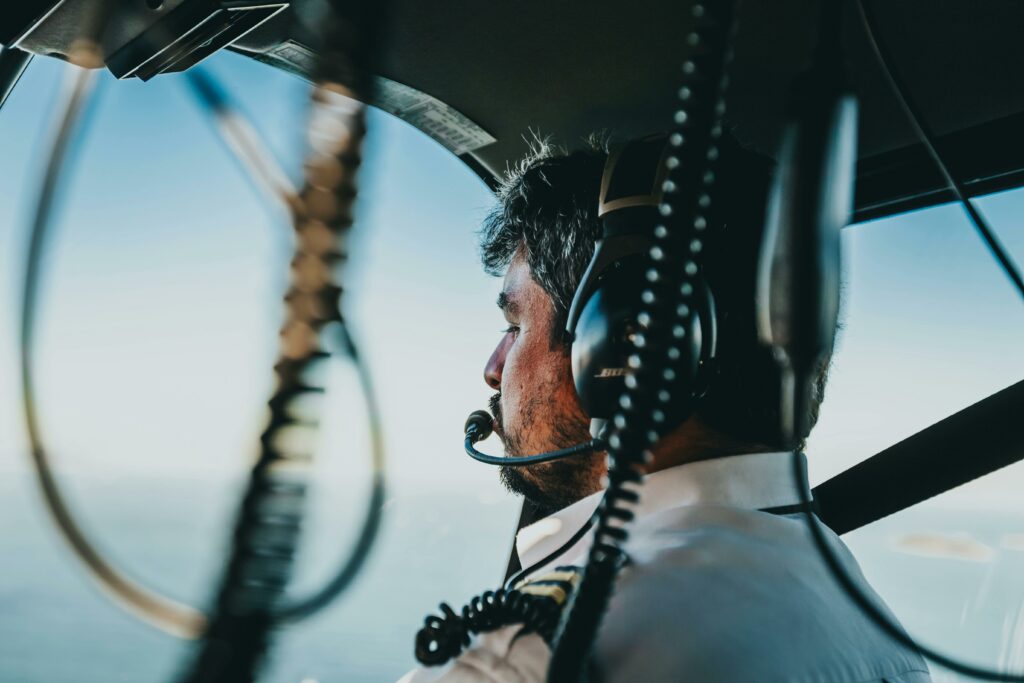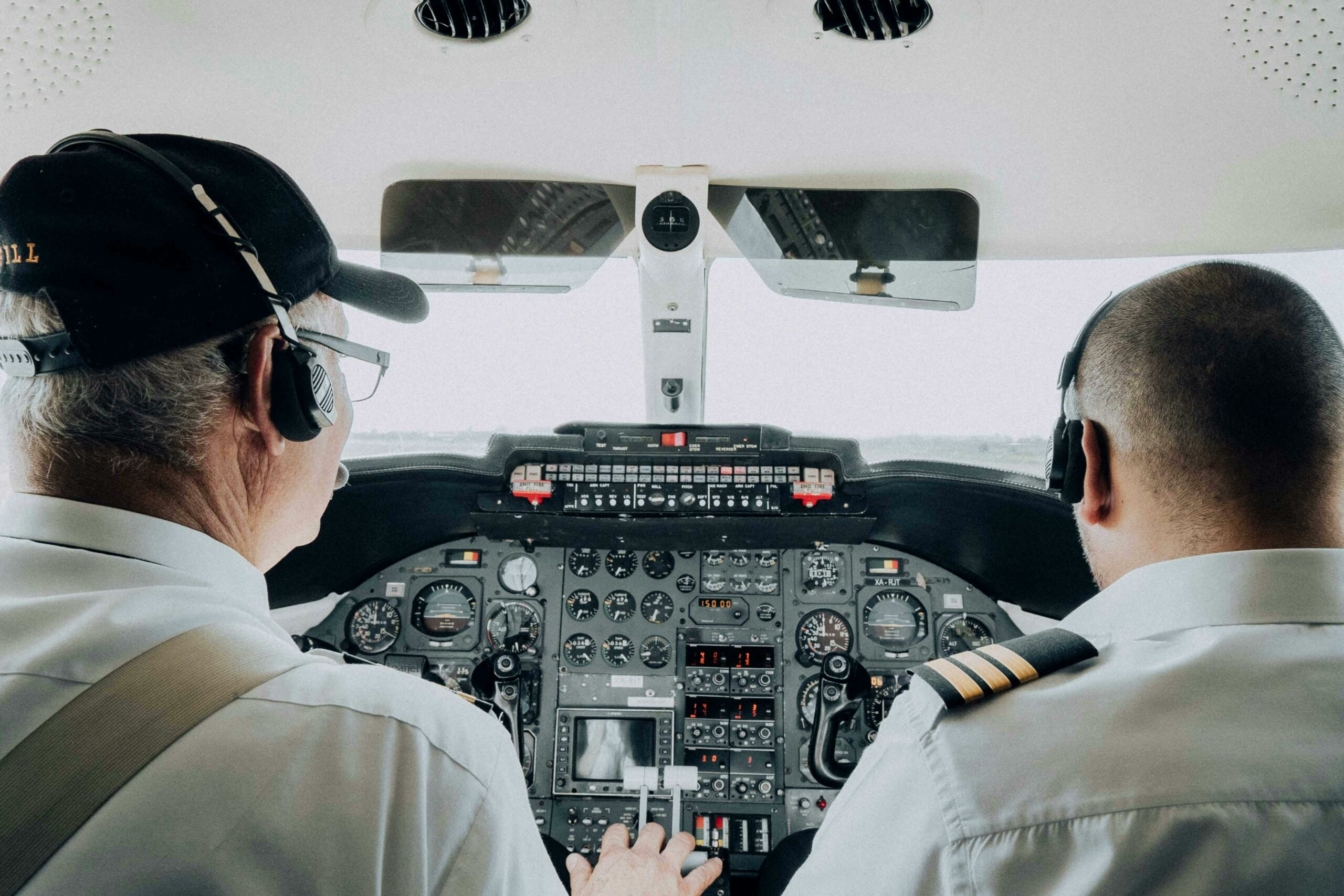Behind the Cockpit: Insights from Commercial Pilots

Being a Commercial Pilot has been a childhood dream to many. Flying has always held a certain allure and fascination for many. But while passengers are nestled comfortably in their seats, it’s the pilots who bear the responsibility of safely navigating the skies. Commercial pilots, in particular, lead a unique and demanding lifestyle that few outsiders truly understand. In this article, we’ll explore the world behind the cockpit, gaining insights from commercial pilots themselves into their profession, challenges, and the sheer thrill of commanding an aircraft through the vast expanse of the sky.
1. The Path to Becoming a Commercial Pilot:
– Commercial pilots undergo rigorous training and certification processes before they can take to the skies.
– Most start their journey by obtaining a private pilot license, followed by further training and certifications through flight schools or aviation academies.
– Commercial pilot candidates must accumulate a minimum number of flight hours, pass written exams, and demonstrate proficiency in various flying maneuvers before obtaining their commercial pilot license.
2. A Day in the Life of a Commercial Pilot:
– While the romanticized image of pilots jet-setting around the world may hold true for some, the reality of a commercial pilot’s daily routine is far more nuanced.
– Pilots often start their day with pre-flight preparations, which include reviewing weather forecasts, flight plans, and conducting pre-flight checks on the aircraft.
– Once airborne, pilots must maintain constant vigilance, monitoring flight instruments, communicating with air traffic control, and making critical decisions in real-time to ensure the safety and efficiency of the flight.
– Layovers between flights provide pilots with opportunities to rest, explore new destinations, or simply unwind before their next assignment.

3. Challenges and Responsibilities:
– Commercial pilots face a myriad of challenges, from adverse weather conditions and mechanical issues to navigating complex airspace and managing passenger safety and comfort.
– The responsibility of safely transporting passengers and crew from one destination to another weighs heavily on pilots, requiring a combination of technical skill, situational awareness, and decision-making under pressure.
– Long hours, irregular schedules, and time away from home can take a toll on pilots’ personal lives and relationships, requiring a strong support system and adaptability to maintain a healthy work-life balance.
4. The Thrill of Flight:
– Despite the challenges, many commercial pilots are drawn to the profession by a deep-seated passion for flying and a love of adventure.
– The sense of freedom and exhilaration that comes from commanding an aircraft through the skies is a driving force for many pilots, fueling their dedication to their craft.
– Pilots often recount memorable experiences, such as witnessing breathtaking sunrises from the cockpit or navigating through stormy weather with skill and precision, as highlights of their careers.
5. Adapting to Technological Advancements:
– The aviation industry is constantly evolving, with technological advancements reshaping the way pilots operate and interact with aircraft.
– From digital cockpit displays and automated flight systems to real-time weather monitoring and predictive analytics, pilots must stay abreast of the latest innovations to maintain proficiency and ensure safe flight operations.
– While technology has streamlined many aspects of flying, it has also raised concerns about overreliance on automation and the importance of maintaining manual flying skills and situational awareness.
6. The Camaraderie of the Cockpit:
– Piloting a commercial aircraft is a collaborative endeavor, requiring effective communication and teamwork between pilots, co-pilots, and cabin crew.
– The camaraderie and camaraderie forged among crew members during flights foster a sense of unity and mutual support, enhancing safety and morale.
– Pilots often speak fondly of the friendships and bonds formed with colleagues, sharing stories of camaraderie and camaraderie both in the air and on the ground.
7. Navigating the Future of Aviation:
– As the aviation industry grapples with challenges such as climate change, technological disruption, and shifting passenger preferences, commercial pilots must adapt to a changing landscape.
– Sustainable aviation initiatives, such as the development of alternative fuels and electric aircraft, present opportunities for pilots to embrace more environmentally friendly practices.
– The rise of unmanned aerial vehicles (UAVs) and autonomous flight technology raises questions about the future role of pilots and the need for ongoing training and adaptation.
Behind the cockpit door lies a world of adventure, challenge, and camaraderie, as commercial pilots navigate the skies with skill and dedication. From the thrill of flight to the responsibilities of ensuring passenger safety, commercial pilots play a vital role in the aviation industry, bridging continents and connecting communities. As technology continues to reshape the future of aviation, commercial pilots will remain at the forefront, embodying the spirit of adventure and professionalism that defines their profession.

